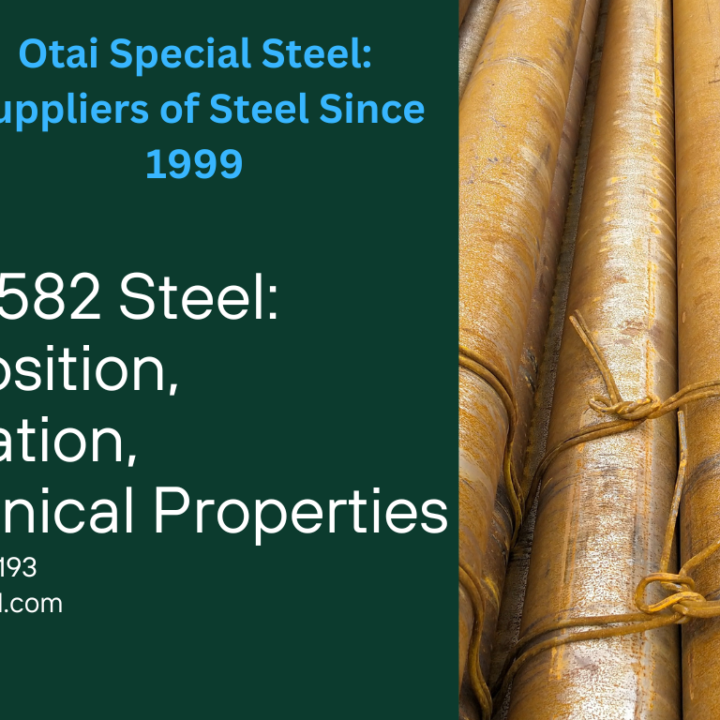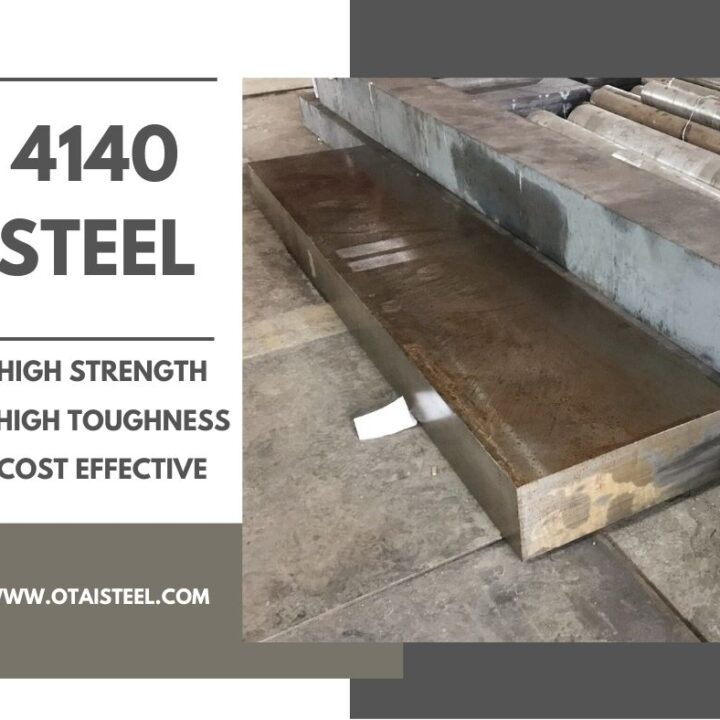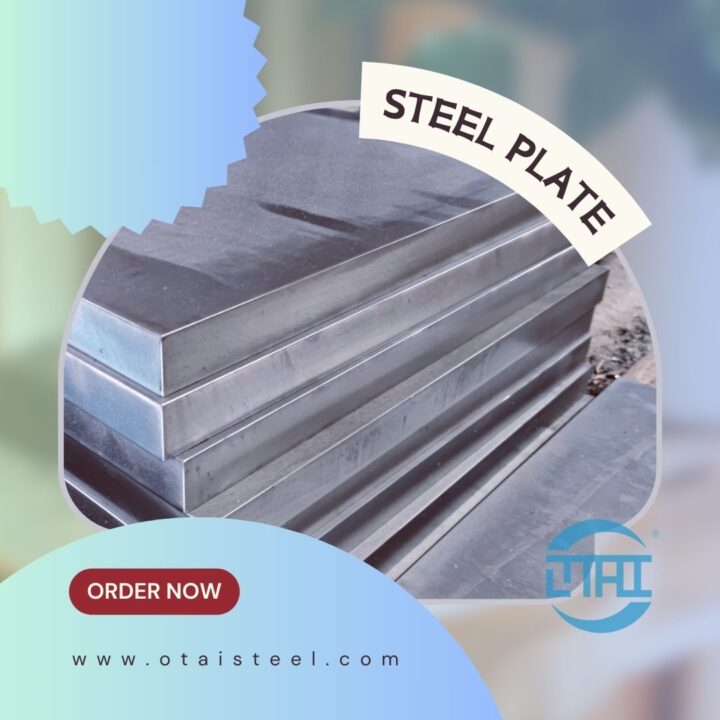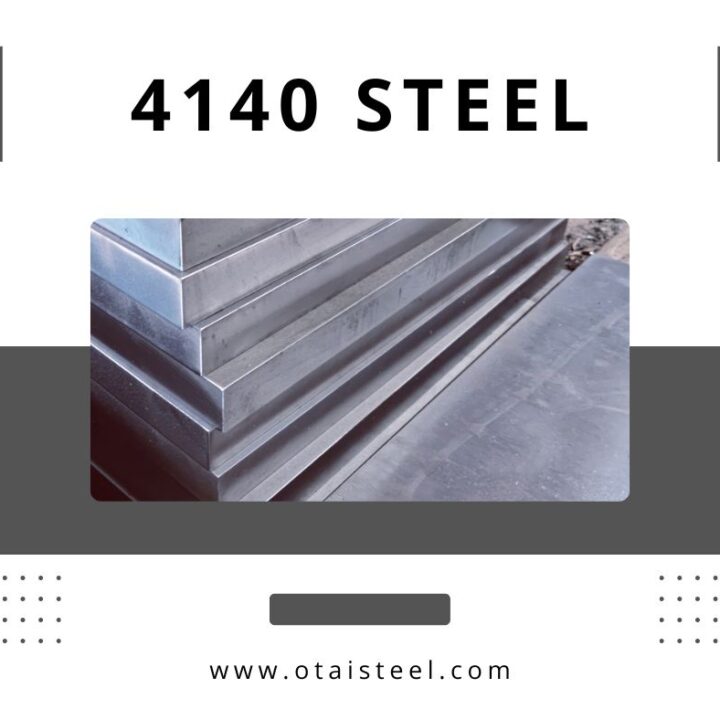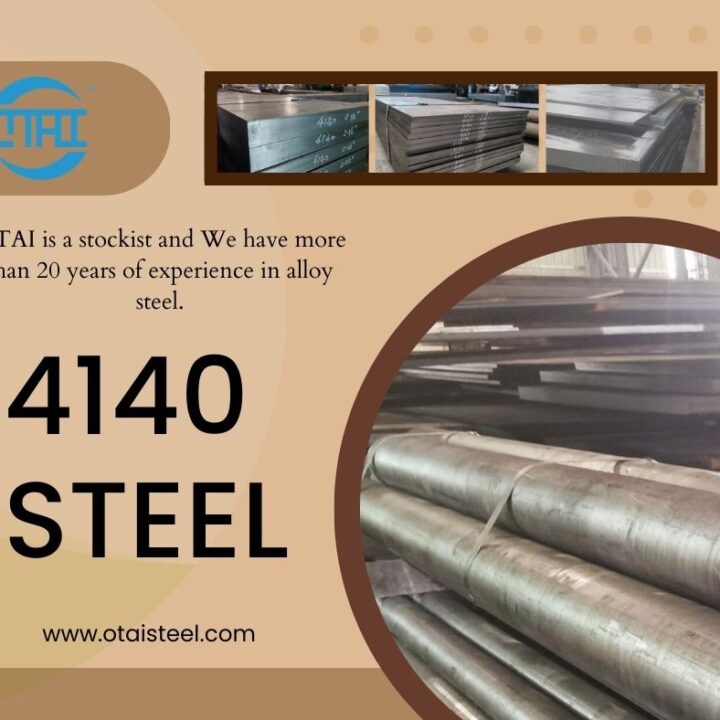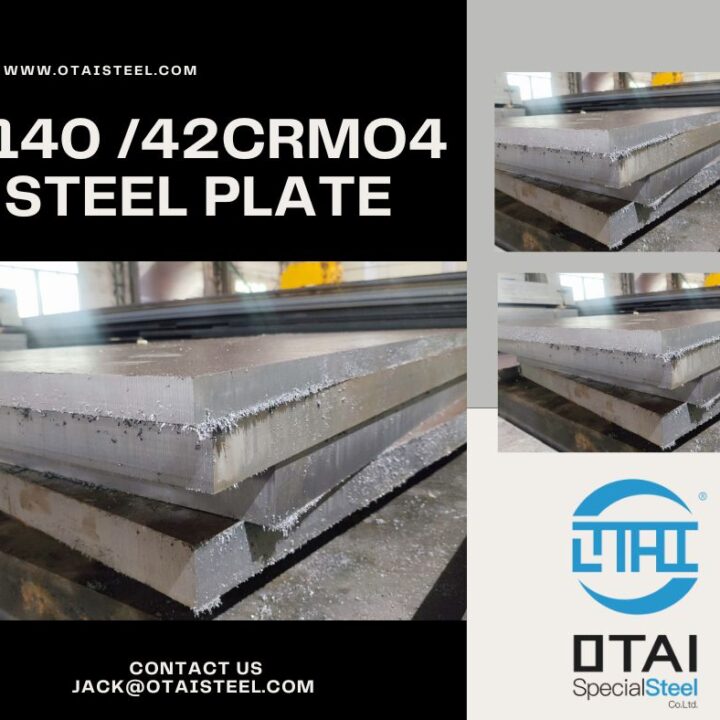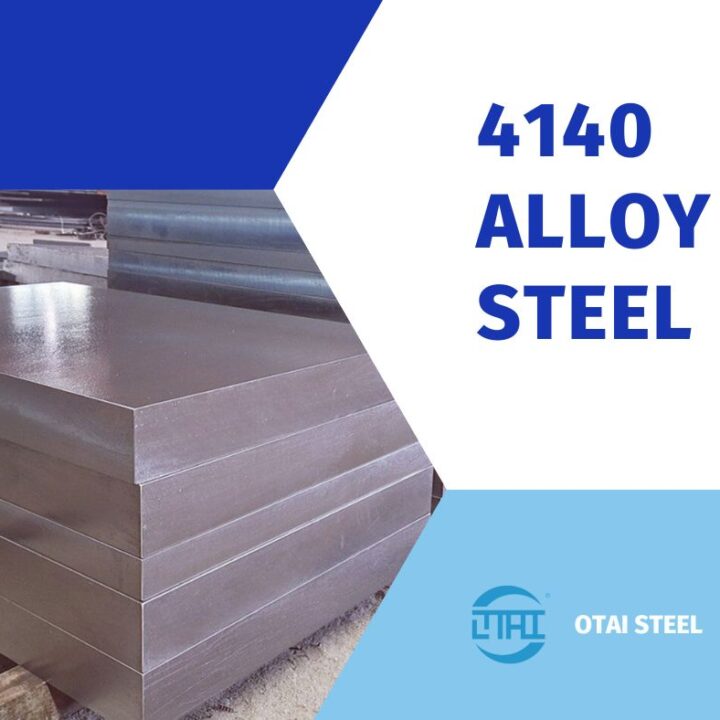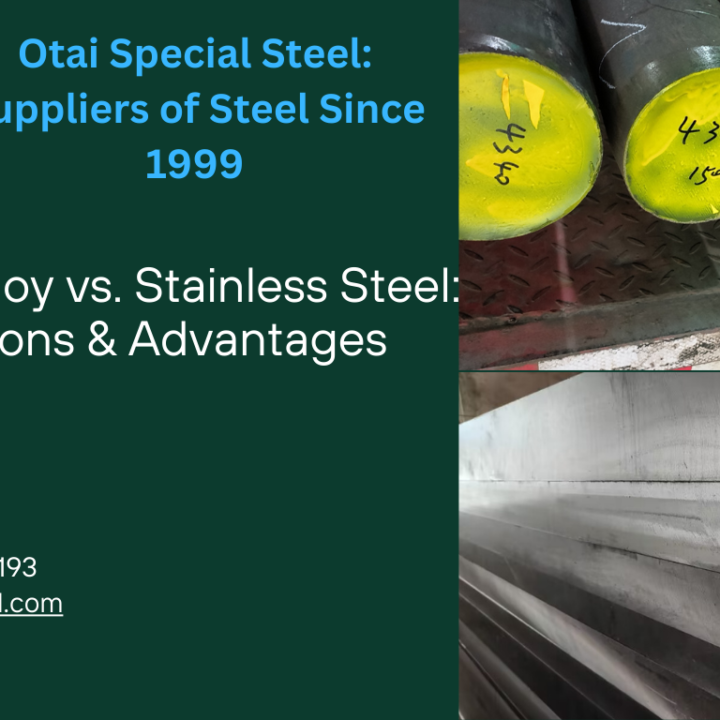Heat treatment tool steel – The proper heat treatment of the steel can significantly increase the mechanical properties such as hardness, strength, toughness and wear resistance. Electroplating is applied for surface treatment, the precision of the mold is improved, the surface is bright, the demoulding is smoother, and the surface luminosity of the finished product is increased. Therefore, in order to prolong the life of the mold and improve the quality, in addition to pre-selecting appropriate mold materials, the selection of the heat treatment method for the mold is extremely important after processing. The following points are explained.
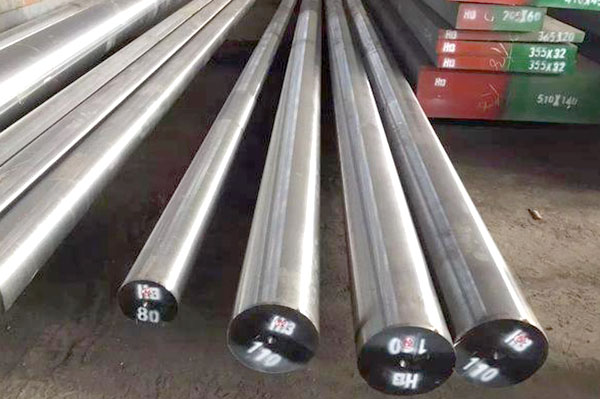
1.Normalization
This heat treatment is designed to eliminate the coarse grain structure generated by high temperature and high pressure processing such as casting, forging, rolling, etc., and to eliminate the internal stress generated by the processing. The method is to heat the work to a temperature of 30-50°C above the abnormal point AC3 or ACm point, so that it is naturally cooled in the air, as shown in Figure 1. The steel for large-scale construction is used, and after the material is forged into a model, normalization treatment is applied.
2. Annealing
Annealing is to soften the steel, adjust the crystal structure, and remove internal stress. The method is to heat to 30 °- 50 ° C above the AC3 or AC1 metamorphic point, after a suitable time, in the furnace or ash cooling. There are two ways to anneal the mold material.
3. Stress relief annealing
The purpose is to remove the internal stress caused by the processing. Suitable for roughing, medium cutting or mold parts requiring quenching. The stress generated by the metamorphosis of the granules in the granules during quenching will increase. Unless the internal stress is first removed to eliminate internal stress, it will cause a large strain and cause quenching and warping. Even if the parts that are not quenched are subjected to a large amount of heavy cutting, without this treatment, the precision of the dimensional change or warpage will occur due to the residual of the machining stress.
4. Spheroidizing annealing
The purpose is to improve the workability, increase the toughness, prevent quenching and cracking, and turn the carbides in the steel into spherical structures.
5. Quenching
The purpose of quenching is to harden the steel and increase its strength. The method is that the steel is heated to about 30°~50°C above the AC3 or AC1 metamorphic point, and after being kept for a suitable time, it is rapidly cooled in the quenching liquid to produce a high hardness Matian iron structure.
